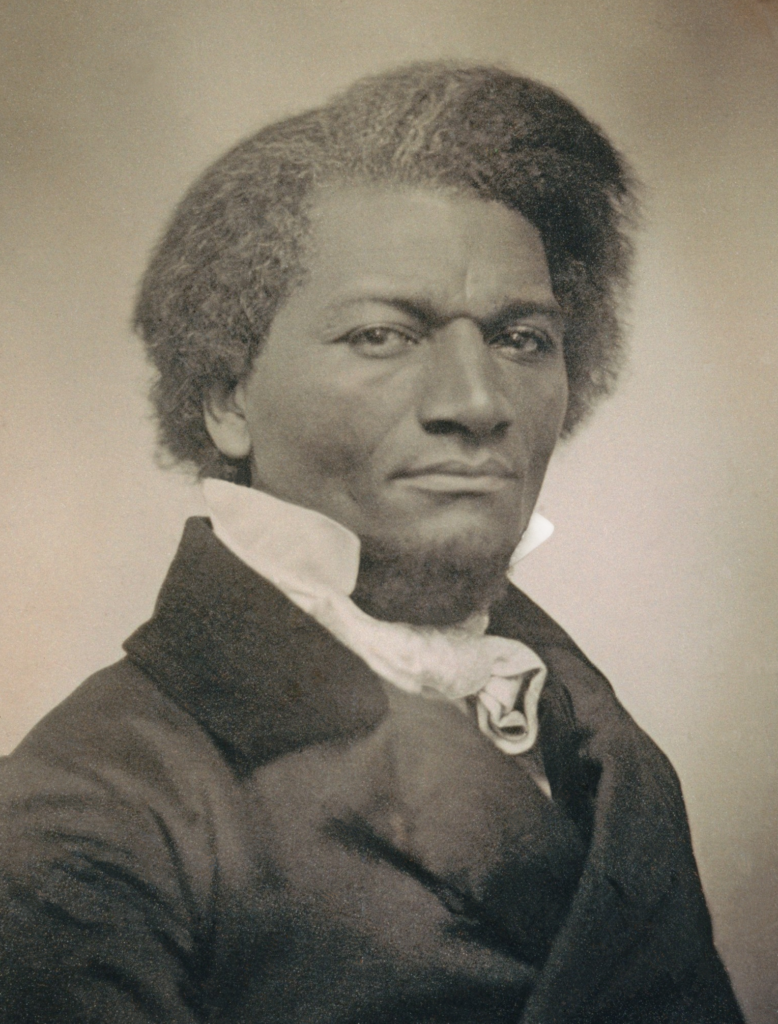DUNDEE is acknowledging its links to slavery with a new walking trail and map exploring the historic ways the city is connected to the slave trade.
Published today, Breaking the Chains is a city centre walking trail and map exploring the various ways in which the city is connected to the history of slavery and anti-slavery.
The map and trail have been created by Leisure & Culture Dundee and the University of Dundee Museums in association with Woven Together: Dundee’s Multicultural History Project.
Research on the Breaking the Chains project was carried out as a result of actions from the Black History Working Group led by Dundee City Council.

As part of those discussions, Dundee, alongside other cities in Scotland and across the UK, has begun to assess its role in the transatlantic slave trade and acknowledge some truths.
The city centre walk presents some of Dundee’s many connections to 18th and 19th century slavery.
It begins outside the Tower Building at the University of Dundee and ends outside The McManus: Dundee’s Art Gallery & Museum.
The University of Dundee was founded as University College, Dundee in 1881.
Its principal benefactor was Mary Ann Baxter, whose wealth came from the family linen company Baxter Brothers & Co.
One of their most popular products was osnaburg – a cheap and coarse linen which had long been used to clothe enslaved people in plantations in the Caribbean and the US.
The Baxter family’s wealth also endowed Dundee Technical Institute, now Abertay University.
Sir David Baxter began his career as manager of Dundee Sugar House before joining the family linen business in the 1830s.
Baxter Brothers grew to become the world’s largest linen manufacturer, with America and the West Indies among the principal sources of its wealth.
Among the features is the grave in the Howff of one of Dundee’s wealthiest slaveowners, John Wedderburn, whose family owned nearly 1,000 enslaved people.
Links to anti-slavery and abolition are included as well. Perhaps most notable is the building at 1A West Bell Street, formerly Bell Street UP Church.
The large hall in its basement was the location in 1846 of one of the most celebrated speeches by Frederick Douglass, who had escaped slavery in the US to become a renowned orator and social reformer.
Accompanying the map is an online resource featuring many places elsewhere in Dundee with links to the slave trade, including streets named after slave owners or their families.
Cllr Georgia Cruickshank chair of the cross-party City of Dundee and Black History Working Group said: “The story of the city’s links with slavery and the abolition movement have not been told in any meaningful way, leaving a gaping hole in our knowledge.
“What this map and web resource do is make sure that we hear and see for ourselves the part that Dundee and its people played in this inhumane trade so that we can properly address what is a broad, deep and of course, highly emotive subject.”
Cllr Nadia El-Nakla, Equalities spokesperson for Dundee City Council said: “The launch of this map can be seen as one of the starting points for a conversation about Dundee’s connections with slavery and an opportunity for reflection in Dundee.
“As the city looks back on its ancestors’ role in the slave trade, some of the facts may be painful, but they are also undeniable.”
The map will be available at public libraries, the University of Dundee and other locations across the city from Monday 10th October.
Two free walking tours will also take place on Thursday 13th October 2022 at 11am and Wednesday 19th October 2022 at 2pm as part of the Black History Month Scotland programme.

